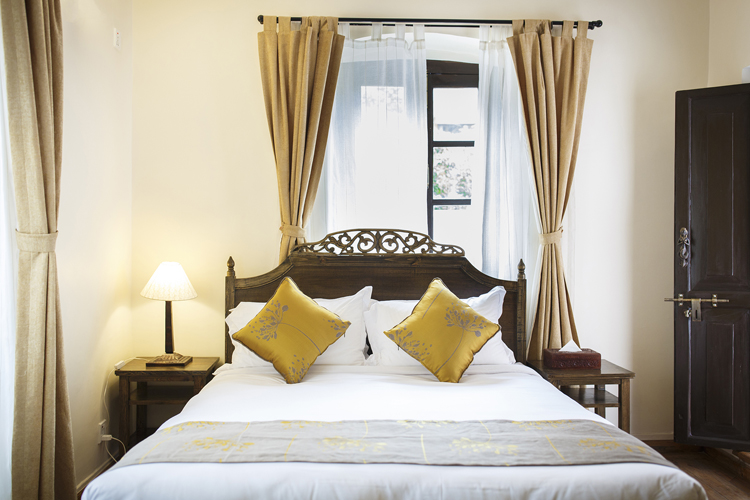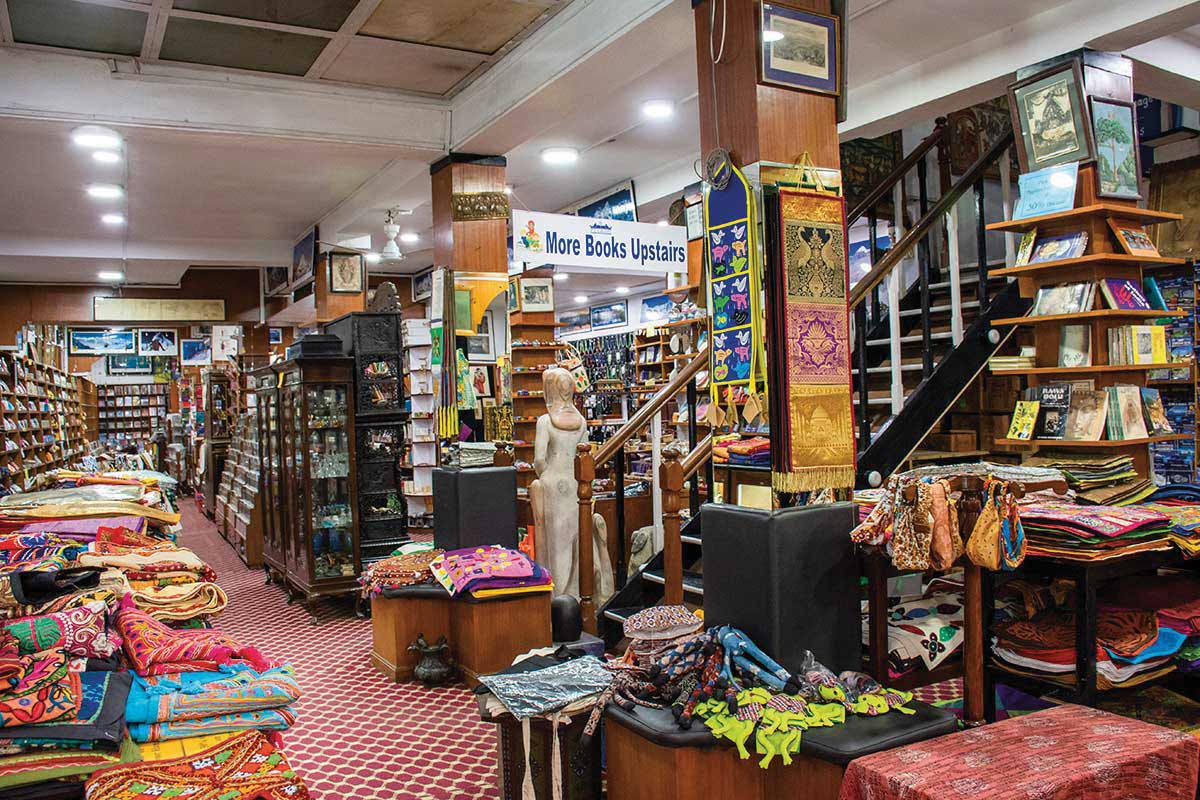
The concept of cultural heritage tends to be associated with historic monuments and buildings, archaeological sites, art, and artifacts that affirm and enrich cultural identities as a legacy belonging to the past, which need to be preserved and continued for future generations to have a better understanding of their history. The cultural heritage gives each particular place its recognizable features and is the storehouse of human experience. Preservation and the presentation of the cultural heritage is, therefore, the cornerstone of any cultural policy.
Such concepts of cultural heritage preservation in the form of living monuments, i.e. those monuments which continue to serve the purpose for which they were originally intended, was touched in the 1990s in the Kathmandu Valley, in Patan particularly. In recent days, abandoned traditional old houses are being renovated and remodeled as tourist accommodations. The crux of the renovation is to retain the design of the exterior, while upgrading the interior to meet the standards of modern tourist requirements. Currently, Patan has almost 15 or more of such renovated heritage accommodations. Kathmandu, too, soon adopted this kind of heritage preservation, with traditional residences remodeled as boutique heritage homes, where anyone can take a retreat or enjoy their holidays, experiencing the traditional lifestyle of the valley in a truly Nepali way. In Kathmandu itself, such heritage hotels are only a few in number.
Taking a holiday is definitely a treat, and obviously, a treat must be rewarding and relaxing! One can take various kinds of holidays—for adventure, to explore, go on a safari, nature treks, and many more. But, whatever said and done during the day, the night definitely needs a comfortable bed and a room with amenities to keep you rejuvenated for the next day of fun and excitement. When in Kathmandu, one has multiple choices of hotels and boarding houses catering to locals and tourists alike. However, if you are looking for something traditional that is located in the city, not far from the razzmatazz of what Kathmandu as a cultural heritage destination has to offer, then Thamel Villa in J. P, Road is your choice!
I visited the place on an invitation by Saijan, the spouse of one of the partners, AlokMaskey. She toured me around their newly remodeled property. Right from the outside, the Victorian-styled building, remodeled to accommodate the traditional dachiappa (bricks) and tipkari fillings in between the bricks, looked very attractive and inviting. We went inside the small door to the simple reception that led to a courtyard with chairs and tables, arranged neatly to complement the inviting space. The three-storied hotel is a project conceived through the passion of TrippleGurung, the main partner in the project.
When I spoke to him about this newly-launched venture, he narrated to me his story of visiting his hometown Manang, when 16, for the first time. After a long drive down to Bhoteodar from Kathmandu and a further five-day trek, he reached Manang, situated at a height of 3,519 meters. The scenic beauty mesmerized him, inspiring and incubating his passion in tourism and hospitality. After 14 years of his career as a pilot, he finally decided to peruse his passion. This is his third venture, the previous being Om’s Home in Jomsom and Red House Lodge at Kagbeni. All of them put up in old remodeled residential houses. On being asked about his special interest in old buildings, he answers, “History belongs to all of us, it should be preserved and shared with all.” Rightly expressed indeed! And, as the saying goes, ’Follow your passion and it will lead you to the purpose’, Gurung pursued his passion and formed a team of like-minded friends to fulfill it.
Driven with the zeal to preserve and display heritage to a larger public, as hotel accommodation, he and his team explored quite a few places, including Changunarayan at Bhaktapur, and finally settled on this property, right in the heart of Thamel. Although this project started before the 2015 earthquake, the completion and opening was much delayed due to unavailability of appropriate manpower.
Tucked in a serene inside lane of the hustle and bustle of Thamel, the hotel is easily accessible, and it is still surrounded by greenery, a rare sight in present day Thamel. The classical Victorian-style building originally belonged to the family of BahadurSumsherRana, the first resident ambassador of Nepal to Britain in the late 1930s, and one of the sons of Rana Prime Minister JuddhaShumsher Jung BahadurRana. This property was later brought by the family of the ‘Father of Nepal Democracy’, Ganesh Man Singh, in the mid-1900s, adding to its historical significance. It was here that Singh spent his childhood, and in his adult life, it was from this very house that the flame of democracy was lighted. An inspirational history indeed, with every room of this building narrating a long story.
Beautifully, strategically, and pragmatically renovated, this property welcomes anyone who would love to have an experience of luxurious traditional Nepalese hospitality. The villa offers deluxe as well as apartment rooms to suit your taste. Rooms are named as Ka, Kha, Gha, according to the Nepali alphabets, giving a local flavor. One can choose from eight deluxe rooms and two studio apartments to suit your needs. The rooms have a mixed décor of both traditional and modern, the architecture is traditional, with flooring of teliaappa, or locally backed oiled terracotta tiles, and wooden parquets. The earthy feel of the terracotta and the warmth of the wood complement each other to impart a cozy mood.
The amenities, with modern furniture, kitchenette, etc., could make one feel like anywhere in Europe. The hand-crafted bed is another luxury, a space to make memories with your partner, while waking up to the synchronized melody of chirping birds. A unique feature here are the bathrooms, which are creatively designed, like no other in the world, having to adjust to the pre-made architecture of the building. Most of the accessories in the room are of local produce, from the soap, notepad, pencil, teabags, slippers, and more. This reflects the sincerity of the proprietors to promote Nepali products, and in a broader sense, to contribute to a sustainable national economy. The cleanliness in this place needs to be complimented; everything is spic and span, as one would expect to experience when relaxing during a holiday.
Being a bed and breakfast facility, breakfast needs to be pre-ordered at night, but can also be prepared instantly in the morning, when necessary. The menu offers continental breakfast, with warm toasts, choice of eggs, cheese, grilled vegetables, and more, energizing you for the day ahead. Another incentive of staying at Thamel Villa is that you get to dine at the Jatra Café and Bar, which is located inside the premises, while enjoying live music three times a week. And, if you are up to performing, you can join in or give a solo performance, as well!











